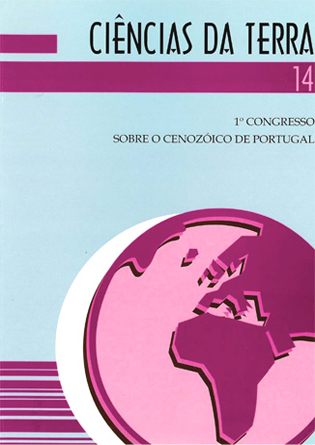Evolução cenozóica da área de Longroiva-Vilariça (NE Portugal)
Abstract
Key words: Lithostratigraphy; alluvial environments; siliciclastic deposits; neotectonics; sedimentary discontinuities; Cenozoic; Portugal. ln the Longroiva-Vilariça area, the identification of Cenozoic lithostratigraphic units, the sedimentology and the characterization of its geometric relations wilh tectonic structures allowed the interpretation of the palaeogeographic main stages: 1) the green whitish Vilariça Arkoses (middle Eocene to Oligocene ?) represent proximal sediments of a very low gradient drainage towards the eastern Spanish Tertiary Douro Basin; 2) Quintãs Formation (late Miocene ?) are brown-reddish coloured piedmont alluvial deposits, correlative of important vertical displacement (westem tectonic block relative uplift) along the NNE-SSW indent-linked strike-slip Bragança-Vilariça-Longroiva fault zone, interpreted as a reactivated deep hercynian fracture, with left-lateral movement; 3) the red Sampaio Formation (Gelasian-early Pleistocene ?) was interpreted as downhill conglomeratic deposits related with important overtrusting along this fault zone (the definition of the present-day narrow graben configuration) and correlative of the atlantic hydrographic incision stage beginning; 4) conglomeratic terraces (middle and late Pleistocene ?); S) alluvial plains and colluvial deposilS (Holocene).Downloads
Issue
Section
Articles






